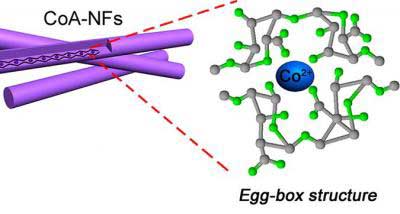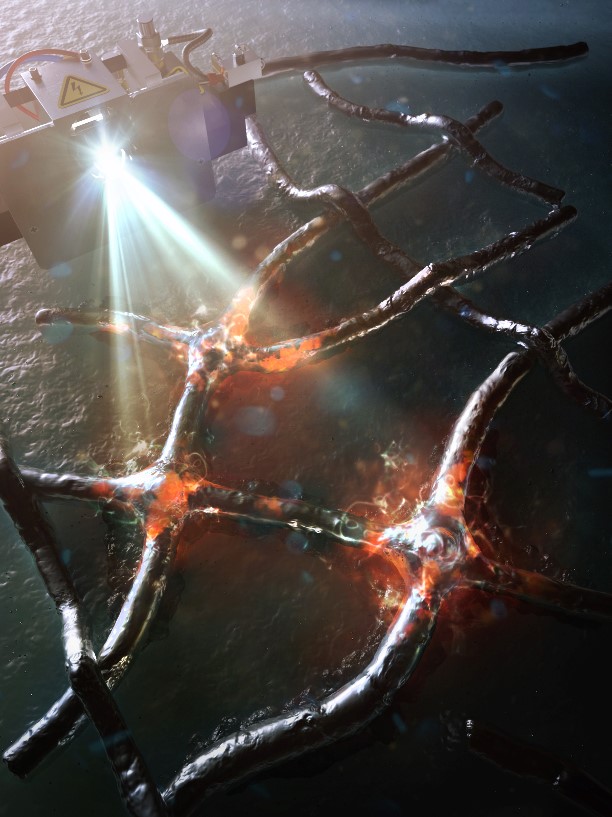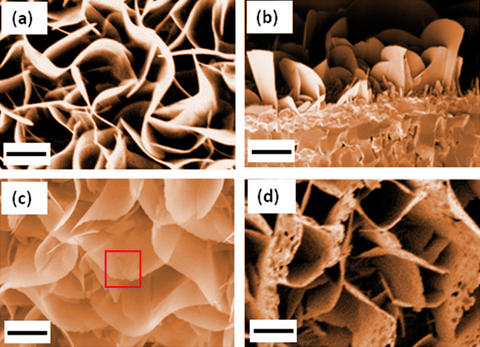Thanks to a May 17, 2017 announcement I received via email from the ArtSci Salon, I’ve learned of a rather intriguing annual meeting to be held May 19-20, 2017 in Toronto, Ontario,
We are pleased to invite you to attend the Italian Scientists and
Scholars of North America Foundation (ISSNAF) inaugural annual
conference in Canada, which will be held on May 19-20th, 2017 at the
Istituto Italiano di Cultura, Toronto, Ontario.During the event, the Italian scientific community will meet the
institutions, the industry, academia to discuss breakthrough ideas, to
network, and to award projects of young Italians through the ISSNAF
Young Investigators Awards.The event is organized under the auspices of H.E. Ambassador CLAUDIO
TAFFURI, Consul General of Italy in Toronto, GIUSEPPE PASTORELLI,
Director of the Istituto Italiano di Cultura in Toronto, ALESSANDRO
RUGGERA and Scientific Attaché of the Italian Embassy in Ottawa, ANNA
GALLUCCIO. This year’s exciting conference will focus on innovation,
exploring innovation as invention and transformation, as well as its
impact on how we live and think.After an introduction by H.E. Ambassador of Italy, CLAUDIO TAFFURI,
and other representatives of Italian institutions, the event will open
with two prominent speakers: PAOLO MACCARIO, Chief Operating Officer
and General Manager at Silfab Ontario Inc. and FRANCO VACCARINO,
President and Vice-Chancellor of Guelph University, who will discuss
current and future strategies in academia and industry required for
students and workers to deal with the disruptive technologies and the
exponential increase in knowledge.The later part of the day will feature speakers from different
institutions from all over Canada. CORRADO PAINA, President of the
Italian Chamber of Commerce, will address the importance of innovation
and research from the industry prospective. UMBERTO BERARDI, Associate
Professor, Faculty of Engineering and Architecture, Ryerson
University, will bring his experience as winner of the Franco
Strazzabosco Award for Engineers. Nicola Fameli, Research Associate of
Anesthesiology, Pharmacology and Therapeutics, U. of British Columbia
and Franco Mammarella, Group leader [TRIUMF] Canada’s National Laboratory for
Particle and Nuclear Physics, president and vice-president of ARPICO
(Society of Italian Researchers & Professionals in Western Canada),
will explain the importance of developing a global network amongst
researchers. The day will be closed by GABRIELLA GOBBI, Associate
Professor, Dept. Psychiatry, McGill University on the current status
of the Italian Scientific Community in Quebec.Day One of ISSNAF’s Annual event will conclude with a reception at the
Istituto. Day Two of the event is dedicated to young Italian
researchers and scientists who will present their work and will
receive the ISSNAF Certificate for Young Investigators. The day will
end with a round table and a discussion directed by the ISSNAF Ontario
chapter Chairs, BARBARA CIFRA, VITO MENNELLA AND LEONARDO SALMENA on
how to build a successful academic network and how ISSNAF can
contribute to the process.The event is limited to 50 people only [emphasis mine]. Please confirm your presence
by May 17th [2017] by sending an email to: iictoronto@esteri.it
Sorry to be posting this so late in the day (fingers crossed it’s not too late).
I did do some searching and found this description of the event on the ARPICO website,
On May 19-20th SIRO (Society of Italian researcher in Ontario) official Chapter of the Italian Scientists and Scholars of North America Foundation (ISSNAF) will host in cooperation with the Embassy of Italy in Ottawa the inaugural Canadian Annual ISSNAF meeting.
The event is organized under the auspices of H.E. Ambassador Claudio Taffuri, Consul General of Italy in Toronto, Giuseppe Pastorelli, and Director of the Istituto Italiano di Cultura in Toronto, Alessandro Ruggera and Scientific Attache’ of the Italian Embassy in Ottawa, Anna Galluccio. This year’s exciting conference will focus on innovation, exploring innovation as invention and transformation and its impact on how we live and think.
During the event, the italian scientific community meets the institutions, the industry, academia to discuss breakthrough ideas, to network, and to award projects of young Italians through the ISSNAF Young Investigators Awards.
…
For this year the event will be attended by 60 selected researchers and scholars working in Canada. [emphasis mine]
For more information email issnafontario@gmail.com
Good luck at getting to attend the event whether there are 50 or 60 participants.


















